/ Film Class #28 / History of fake blood in movies & recipes /
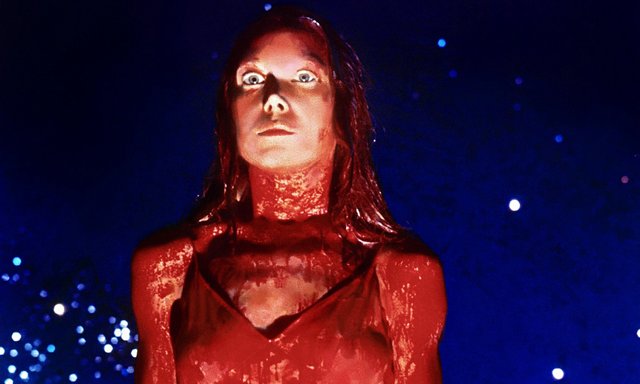
From early theater stage blood to CGI, fake blood history was constantly changing. Before color, in fact, it didn’t have to be red at all.
Chocolate syrup was used frequently, mostly because of the thick consistency. Filtered through the black and white film, it was a shade too light, and brown looked more red than red.
Hitchcock notoriously used Bosco chocolate syrup because its dark color was undiluted even in water.
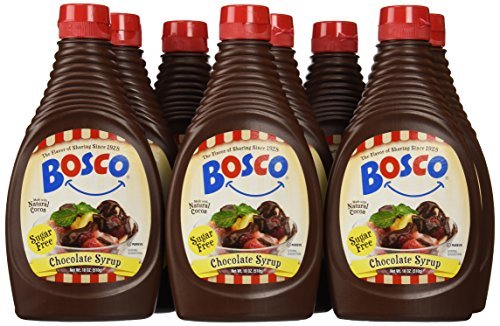
Hitchcock's makeup supervisor on the iconic thriller Psycho, Jack Barron, was devising a way to make a blood-centric movie appear authentic. He told author Stephen Rebello, who wrote The Making of Psycho, that syrup in a squeeze bottle was a new, space-age innovation that did the trick: "Shasta had just come out with chocolate syrup in a plastic squeeze bottle. This was before the days of the 'plastic explosion,' so it was pretty revolutionary. Up to that time in films, we were using Hershey's, but you could do a lot more with a squeeze bottle." (1)
Colour films that use fake blood such as The Curse of Frankenstein and Horror of Dracula, show the blood looking too-obviously bright. The cartoon-looking blood wasn’t bad for everyone and it suited Jean Luc Godard’s style in Pierrot Le Fou. When someone pointed out there was a lot of blood in Pierrot, Godard threw back, “not blood, red”. (4)
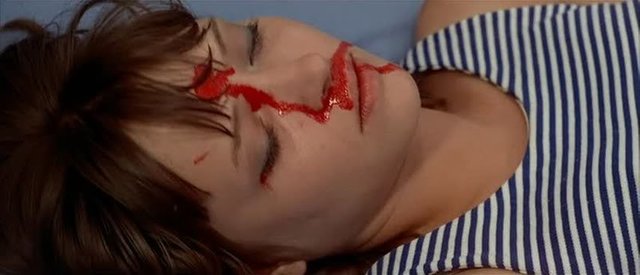
Pierrot Le Fou (1965)
In the latest Filmmaker IQ lesson John P. Hess takes a look at the history of how fake blood has been used in films, including how to make various types of fake blood from different cinematic time periods.
Kensington Gore
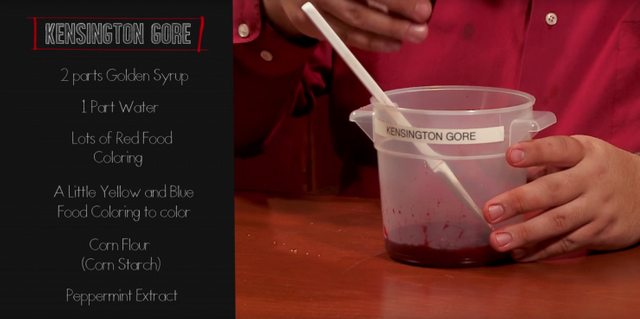
Punningly named after a street in London, this is a name for fake blood manufactured by British pharmacist, John Tinegate, during the 1960s and 1970s. The blood is sticky, thick and bright red (crimson in fact). The original Kensington Gore was a specific brand of proprietary stage blood manufactured by retired pharmacist John Tynegate in the '60s and '70s. It can be seen in a lot of old horror films, especially the Hammer Horror series.Plain chocolate syrup is still used in black and white films as brown looks more like blood than red would in monochrome.
Everything2 gives the recipe as:
- 2 cups of corn syrup (for viscosity and color)
- 1 cup of water (for balancing viscosity)
- 10 tablespoons of corn (maize) flour (for making the blood less translucent)
- 10 teaspoons red food coloring (for color)
- 10 drops blue food coloring (for color)
A few drops concentrated mint (for taste - optional)
The Kensington Gore blood would be used by Stanley Kubrick in the infamous elevator blood scene in The Shining.
It took about 360 gallons of Kensington Gore for that shot.
Dick Smith
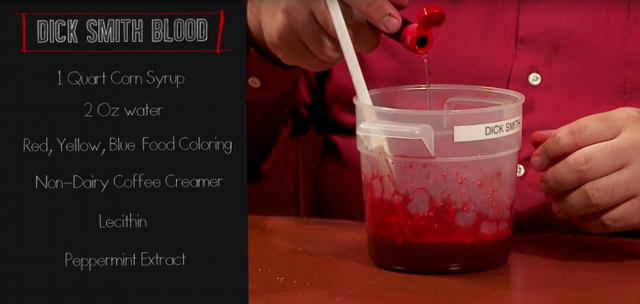
The legendary make up artist Dick Smith created the standard Hollywood blood formula while working on The Godfather, Exorcist and Taxi Driver.
During tests for The Godfather, they filmed every type of blood - movie blood, human and animal blood. Director Francis Ford Coppola and cinematographer Gordon Willis both chose Dick’s as the most realistic.
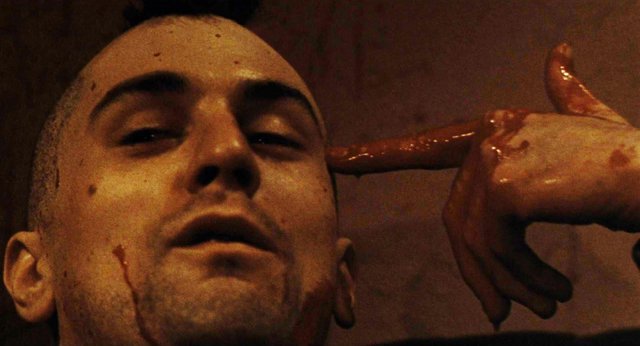
Taxi Driver’s finale scene, as it was originally shot was so bloody and gruesome that the MPAA threatened to slap an X rating on the film.
Director Martin Scorsese came up with a unique solution and ran the film through some processes to desaturate the color and make the blood a darker sepia tone. The MPAA gave it an R rating but Scorsese had the last laugh as he felt it gave the film a more disturbing look. (2)
Dick Smith on making fake blood in the early days
Recipe
• 1 Quart White Corn Syrup
• 1 Level Tsp Methyl Paraben
• 2 Oz. Ehler Red Food Colour
• 5 Tsp Ehler Yellow Food Colour
• 2 Oz. Kodak Photo-Flo *Poisonous* (any photo supply store)
• 2 Oz. Of Water
First mix a dash of methyl paraben with some of the corn syrup in a cup.Then pour the powdered red and yellow food coloring in a big bucket and mix in a couple ouces of water.Then add the rest of the corn syrup. Add a few ounces of Photo-flo. Photo-flo is a wetting agent used in developing film prints which basically breaks the surface tension of the water and allows the solution to spread more evenly over a print. Photo Flo is poisonous. The alternative is a just a drop of non-bleach detergent.
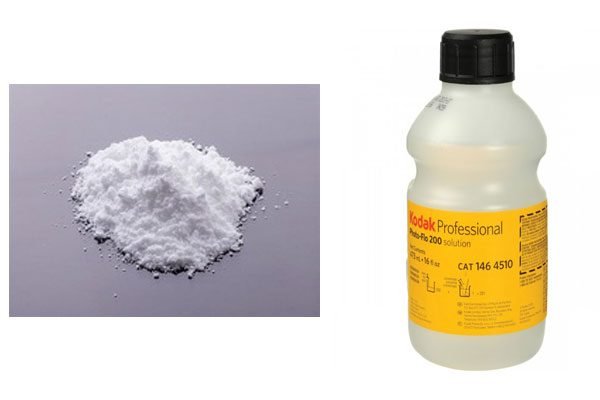
Movie blood today has grown darker and, thicker reaching a realism saturation point. The only exceptions are those with an intentional "throwback" look, like Quentin Tarantino's Kill Bill (3)
Tarantino used almost 400 litres of ‘Samurai Blood’ for a fight scene for Kill Bill.
(1) Munchies, October 2015
(2) FilmakerIQ, THE CINEMATIC HISTORY OF FAKE BLOOD
(3) Bleed, Baby, Bleed: The History of Fake Blood in Movies
(4) The Edge, A Short History of Fake Blood
Oh my god......Wonderful story and nice video sharing @marinauzelac
i like it
upvoted and following updates...
Best special effect recipe
Enjoyed this blog a lot, had no idea how complex this theme is. Thank you for let me learn something new :)
Very useful article! Thanks! I have idea for horror movie and this was really interesting for me.
@godflesh
awesome! glad you enjoyed it!
Awesome article, I knew none of this. !
Great informative Post, how do you know about all that? Just reading stuff or actually working in that industry?
@julienbh
both :)
I did the research, but I am also a film director, so I used these recipes :)
Thanks for the info :))
Very appreciated. I just followed you!
Great to know and Halloween is just around the corner!
Can we expect a post about history of squibs?
Poruka chat